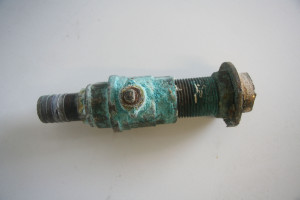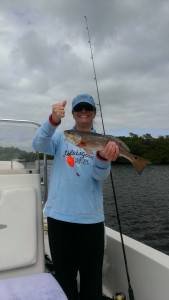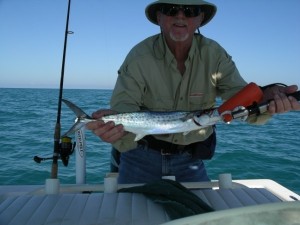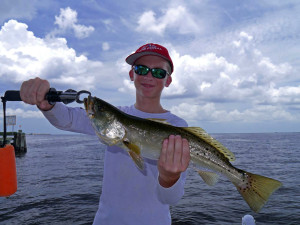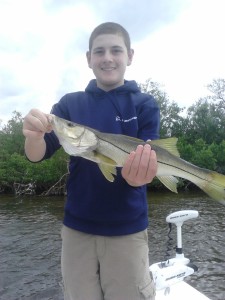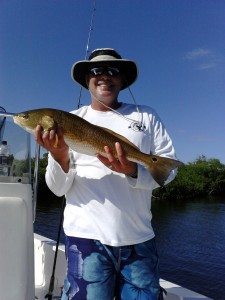Which bottom paint should I use?
Most of our customers ask if there is a new bottom paint they should use on their boat? The honest answer is maybe. I always tell our customers if the paint they are using is working than don’t switch unless you have a reason. So here are some reasons that you may want to switch:
All paints have a type of resin binder that keeps the paint compound together. After years of paint buildup, the first coat that was put on 10 years ago has reached the end of its life; the resin is brittle and can no longer adhere to the hull. No one can guarantee that any paint will adhere without flacking off. You can delay removing all the paint but you will need to fair the old paint and hope that it will hold until the next haulout. I have seen paint flacking off as you apply the new paint because the solvent in the new paint will soften the old, tired paint. The only way to cure the problem is remove all the old paint to the bare hull.
Ablative paint eliminates paint buildup since every time your diver cleans the bottom of the hull they are cleaning some of the ablative paint off the hull and exposing new paint. This paint usually cost a little more but is well worth the cost. Some people have success using a hard paint for their first coat, usually a different color, they then apply a couple of coats of ablative paint so the diver can warn the owner when they are down to hard paint and will need to get the boat hauled for a bottom job.
Last year I won the Regata del Sol al Sol, the St Petersburg to Mexico Race in the mono hull fleet. I used SeaHawk Biocop TF, a premium hard ablative paint. We also sanded the bottom with 400 grit autonet discs using a vacuum sander to get a very fast bottom in light air. I have the bottom repainted every 2 years so that I can inspect the hull, the strut & shaft, repack the grease in my 3 bladed feathering Max Prop and look for any signs of electrolysis.
There are a few new paints out there; we have applied Eco-Clad on 8 boats and the owners are happy but it is still too new to make good judgment on the results. SeaHawk has their new Smart Solution paint. If you really want to become an expert, take a look at the web sites of the common paints used on the Florida West Coast, www.pettitpaint.com, www.seahawkpaints.com, and the new www.ecoclad.com.
After you have done all the research, ask owners of the boats around you to find out what works best in your immediate area. Whatever you do, don’t wait too long between painting your boat’s bottom. Paint companies only warrant paint for 1 year and you can typically get 18 months to 2 years out of a good bottom job. When you start pushing this time line, you are asking for trouble. You need to inspect the bottom of your boat for signs of electrolysis, wear on the shaft cutlass bearings, rudder, blisters etc. I have found that in the 35 years of owning our boat yard, the customers who have a regular maintainance schedule of 18 months to 2 years will come out ahead financially over the long term.
Written by: J. Jopie Helsen, www.sailorswharf.com, jopie@saolorswharf.com

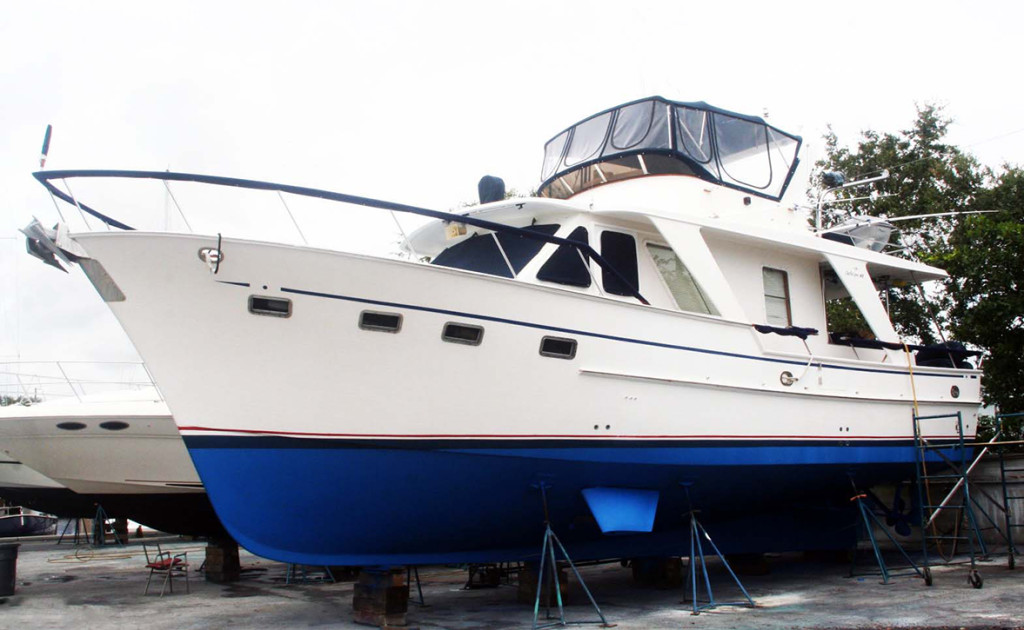
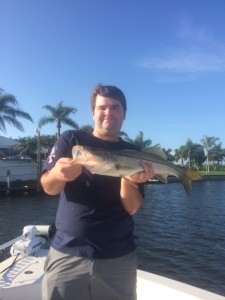
 Ft. Myers Beach to Charlotte Harbor) Since my last report, we experienced some real shallow (‘skinny’) water in conjunction with a cold front and strong north/northeast winds. Fortunately, the fish remained active. Shown here is Maik Lindner of Frankfurt, Germany holding a nice size Crevalle Jack he caught in a Cape Coral canal on the way to the ‘flats’. His brother, Christoff is shown with his first Snook on an artificial presentation while trolling the canal. Both fish were caught the day before the last cold (cool) front. Once we were on the ‘flats’, both fishermen continued to enjoy angling Spanish Mackerel, Seatrout and other species.
Ft. Myers Beach to Charlotte Harbor) Since my last report, we experienced some real shallow (‘skinny’) water in conjunction with a cold front and strong north/northeast winds. Fortunately, the fish remained active. Shown here is Maik Lindner of Frankfurt, Germany holding a nice size Crevalle Jack he caught in a Cape Coral canal on the way to the ‘flats’. His brother, Christoff is shown with his first Snook on an artificial presentation while trolling the canal. Both fish were caught the day before the last cold (cool) front. Once we were on the ‘flats’, both fishermen continued to enjoy angling Spanish Mackerel, Seatrout and other species.
